The 60th ACMA Annual Convention was centred on shaping the new normal for the automotive component industry.
Story by: Deepti Thore and Deven Lad
 The 60th ACMA Annual Convention was held virtually for the first time ever in its history. Held a day after the 60th edition of the SIAM Annual Convention, while it drew from the overlap of pain points discussed with automobile Original Equipment Manufacturers (OEMs), the Automotive Component Manufacturers Association did well to centre the sessions on shaping the new normal and laying the groundwork for the automotive components industry. The auto components industry, setting the context, stated Vinnie Mehta, Director General at ACMA, registered a USD 49 billion turnover, a 12 per cent degrowth against the USD 57 billion turnover the year ago. Taking forward the Government of India overtone of ‘AtmaNirbhar Bharat’ or a self-reliant India, Deepak Jain, President at ACMA, representing the pan-India ACMA members, assured of the components industry being ready to contribute to the Government’s vision despite the hurdles. “While we look at the festive season to chart growth despite shop floor and supply chain issues hindering production, over the long term, I am confident of the sector contributing immensely to the AtmaNirbhar Bharat mission,” averred Jain. Backing the ACMA president, Kenichi Ayukawa, President at SIAM and Chief Executive Officer and Managing Director at Maruti Suzuki India Ltd., also urged the stakeholders to work towards maximising production localisation and exports as the only way to grow again.
The 60th ACMA Annual Convention was held virtually for the first time ever in its history. Held a day after the 60th edition of the SIAM Annual Convention, while it drew from the overlap of pain points discussed with automobile Original Equipment Manufacturers (OEMs), the Automotive Component Manufacturers Association did well to centre the sessions on shaping the new normal and laying the groundwork for the automotive components industry. The auto components industry, setting the context, stated Vinnie Mehta, Director General at ACMA, registered a USD 49 billion turnover, a 12 per cent degrowth against the USD 57 billion turnover the year ago. Taking forward the Government of India overtone of ‘AtmaNirbhar Bharat’ or a self-reliant India, Deepak Jain, President at ACMA, representing the pan-India ACMA members, assured of the components industry being ready to contribute to the Government’s vision despite the hurdles. “While we look at the festive season to chart growth despite shop floor and supply chain issues hindering production, over the long term, I am confident of the sector contributing immensely to the AtmaNirbhar Bharat mission,” averred Jain. Backing the ACMA president, Kenichi Ayukawa, President at SIAM and Chief Executive Officer and Managing Director at Maruti Suzuki India Ltd., also urged the stakeholders to work towards maximising production localisation and exports as the only way to grow again.
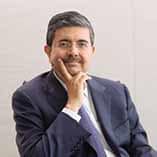
Uday Kotak, President, Confederation of Indian Industry (CII) and Managing Director and Chief Executive Officer, Kotak Mahindra Bank
Uday Kotak, President, Confederation of Indian Industry (CII) and Managing Director and Chief Executive Officer, Kotak Mahindra Bank spoke of the AtmaNirbhar Bharat movement symbolising the components industry in more ways than one. He urged the industry to realise its full potential to be able to compete globally and in turn become a net exporter. Pawan Munjal, Chairman and Managing Director at Hero MotoCorp Ltd., expressed confidence in the industry powering a self-reliant India as its growth engine through a greater focus on engineering, innovation and Research and Development (R&D). “The need of the hour is to have the vision to thrive, invest in technology and quality up-gradation besides carrying out the digitalisation of the ecosystem.” “Logistical infrastructure is also crucial,” he said.
 Amitabh Kant, Chief Executive Officer of the NITI Aayog opined that the pandemic was 70 times worse than the 2008 financial crisis and one that had spared no sector. Taking cognisance of the opportunities in the face of the crisis, he equated the tech-oriented and digitalised companies with a greater chance of surviving in the near term and growing in the long run. He assured of the government’s willingness to work closely with the sector. Calling the self-reliant movement as a springboard for greater, global penetration, opined Kant, the OEMs could look forward to realising an 80-90 per cent higher localisation level if the efforts in the direction come good.
Amitabh Kant, Chief Executive Officer of the NITI Aayog opined that the pandemic was 70 times worse than the 2008 financial crisis and one that had spared no sector. Taking cognisance of the opportunities in the face of the crisis, he equated the tech-oriented and digitalised companies with a greater chance of surviving in the near term and growing in the long run. He assured of the government’s willingness to work closely with the sector. Calling the self-reliant movement as a springboard for greater, global penetration, opined Kant, the OEMs could look forward to realising an 80-90 per cent higher localisation level if the efforts in the direction come good.
Drawing attention to the need for localised, battery manufacturing, opined the NITI Aayog CEO that 81 per cent of the battery pack value, attributed to indigenisation and packaging was waiting to be unlocked. Citing the universe of 5,595 electric vehicles registered under FAME II, Kant spoke of the underlying localisation opportunity for tier1, tier2 and tier3 suppliers if the country was to curb its import dependence as envisioned. Lauding the components sector for supporting the sale of approximately 2.9 crore vehicles annually, and creating a million jobs, as a result, he also drew attention to the components sector working scale at 10X to that of the OEMs to put the sheer opportunity in perspective. Sunjay Kapur, Vice President at ACMA and Chairman, Sona Comstar. took the opportunity to thank the government for its support as he emphasised that the global automotive industry was here to stay. “It is a matter of great pride for the components industry to be shaping up the future,” he expressed.
Steering the annual convention from discussing opportunities to ground execution, Toshihiro Suzuki, President and Chief Operating Officer at Suzuki Motor Corporation acknowledged the transformation exercise being carried out at the components level. Mincing no words, he called for the need to improve quality as a crucial cog in the growth wheel for the sector to compete globally. “In the current scenario, localisation is viable. Increased focus on R&D is crucial for greater returns along with human resources development,” he said. Guenter Butschek, Chief Executive Officer and Managing Director at Tata Motors drew attention to the learnings from the BSVI transition where OEMs like Tata Motors along with supplier partners, with an inclusive approach, are claimed to have kept the entire supply chain operations going in a crisis. “I am overwhelmed by the extreme resilience demonstrated by ACMA members and the supplier community,” he mentioned. Butschek urged the stakeholders to resort to conscious consumption of resources.
 Union Minister of Road, Transport and Highways and Micro, Small and Medium Enterprises, Nitin Gadkari expressed an intent to help manufacturers allay their fears and negative sentiments. Citing the auto industry’s contribution of 2.3 per cent to GDP, 25 per cent to manufacturing GDP and four per cent export contribution, the minister expressed confidence in the auto component sector’s ability to rise to the occasion. He urged suppliers to look at alternative fuels like ethanol, methanol, biogas, bio-diesel, LNG besides scouting for new growth opportunities in e-mobility. He urged the stakeholders to consider flex-engines that are a successful model abroad. Gadkari reiterated the need to convert waste into alternative fuels like bio-CNG. He also called the need for a greater focus on smart mobility, digitisation and road safety. Seconding Suzuki’s call for quality enhancement, Gadkari, urged the sector to increase production and raise the quality benchmarks with the support of best-in-class technology assessment and an even greater scale of innovation. The minister committed to supporting the industry by developing land parcels as industrial clusters complete with connectivity. The minister also committed to rolling out the scrappage policy. The minister concluded by urging the sector to focus on net exports and hinted at the government contemplating levying a higher duty to deter imports. He also highlighted the recent provisions made for the benefit of the MSMEs and urged the sector to take advantage of it. Lauding ACMA for being at the forefront of shaping the new normal, Piyush Goyal, Union Minister for Commerce and Industry and Railways, Government of India, said, “We must now foster a spirit of collaboration, cooperation and commitment to grow and compete with the rest of the world.” “Trade promotion, technology up-gradation and quality enhancement are crucial for shaping the new normal,” he exclaimed. The minister assured full cooperation from Indian Railways in helping the industry add efficiencies and in bringing down the cost of logistics.
Union Minister of Road, Transport and Highways and Micro, Small and Medium Enterprises, Nitin Gadkari expressed an intent to help manufacturers allay their fears and negative sentiments. Citing the auto industry’s contribution of 2.3 per cent to GDP, 25 per cent to manufacturing GDP and four per cent export contribution, the minister expressed confidence in the auto component sector’s ability to rise to the occasion. He urged suppliers to look at alternative fuels like ethanol, methanol, biogas, bio-diesel, LNG besides scouting for new growth opportunities in e-mobility. He urged the stakeholders to consider flex-engines that are a successful model abroad. Gadkari reiterated the need to convert waste into alternative fuels like bio-CNG. He also called the need for a greater focus on smart mobility, digitisation and road safety. Seconding Suzuki’s call for quality enhancement, Gadkari, urged the sector to increase production and raise the quality benchmarks with the support of best-in-class technology assessment and an even greater scale of innovation. The minister committed to supporting the industry by developing land parcels as industrial clusters complete with connectivity. The minister also committed to rolling out the scrappage policy. The minister concluded by urging the sector to focus on net exports and hinted at the government contemplating levying a higher duty to deter imports. He also highlighted the recent provisions made for the benefit of the MSMEs and urged the sector to take advantage of it. Lauding ACMA for being at the forefront of shaping the new normal, Piyush Goyal, Union Minister for Commerce and Industry and Railways, Government of India, said, “We must now foster a spirit of collaboration, cooperation and commitment to grow and compete with the rest of the world.” “Trade promotion, technology up-gradation and quality enhancement are crucial for shaping the new normal,” he exclaimed. The minister assured full cooperation from Indian Railways in helping the industry add efficiencies and in bringing down the cost of logistics.
Strengthening the ecosystem
Dr Pawan Goenka, Managing Director, Mahindra & Mahindra raised five pertinent questions across de-linking exports completely, ‘Right’ to get a sizeable share of global GVCs, becoming a global hub for shared mobility EVs, becoming truly global and the mindset required to be truly AtmaNirbhar. He drew attention to the phenomenal growth run of auto component exports. “The combined exports from India were just about Rs.200 crore in 1991 and today it is valued at a staggering Rs.1,06,000 lakh crores at about four per cent of India’s total export,” he stated. Admitting to the component imports exceeding exports, he called for the need to look at what was being imported and ascertaining why. Citing lower costs as the root cause for a heavy reliance on imports by domestic manufacturers and suppliers, Dr Goenka, praised the calls for sector collaborating with the government to enhance the overall cost competitiveness and cater to the global markets. “We need to build a strong ecosystem to lure the global players looking at India to meet their import substitution needs,” he opined. Advocating the current scenario as an opportune time for India to lead the EV components space, he urged the stakeholders to draw from examples like China where capacity was build before demand arose. “With the government much more serious to make India a global manufacturing hub, it is time to redefine the new normal,” he remarked.
Stressing on the need to revisit the Automotive Mission Plan (AMP), Rajan Wadhera, Past President, SIAM and Senior Advisor, Mahindra & Mahindra drew parallels between turning self-reliant and realising the past projections of generating 65 million jobs by way of economies of scale. Soumitra Bhattacharya, President & MD, Bosch India stressed on the need to upskill by imparting vocational training known to have helped the advanced economies rescale. Reiterating Bosch projections of ICE adoption at 75 to 80 per cent till 2030 and EVs at 20- 25 per cent, Bhattacharya stressed on the need to create standards for EVs, clearly outlined long term policies, and a greater deal of collaboration between the stakeholders. He also sought a greater shift to network centricity and platform centricity over product centricity in the connected era. Nikunj Sanghi, Chairman, ASDC and MD, JS Fourwheel Motors stressed on the need to leverage the National apprenticeship program to help the industry assemble a pool of skilled manpower that will be needed to make the components sector and the automotive industry as a whole, shape the new normal and turn truly self-reliant. ACI
Imperatives For Growth
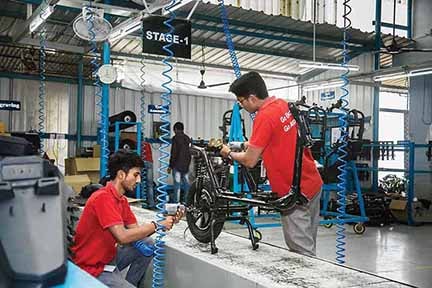 Sharing the findings of a study released by ACMA in partnership with McKinsey & Co., Shivanshu Gupta, Senior Partner, McKinsey and Company drew attention to three key factors driving the future of the automotive components industry. Touching upon the impact on the sector globally, he outlined the key actions required to shape the ‘new normal’ beside outlining the role of both the government and industry as key enablers. Drawing attention to the global supply chain disruption underway, he essayed a cautious demand outlook with recent green shoots. He opined that the future of mobility needs to factor varying degrees of impact. Gupta also drew attention to aftermarket holding fort, like in the past slowdowns and highlighted the M&A activity and strategic collaborations picking pace.
Sharing the findings of a study released by ACMA in partnership with McKinsey & Co., Shivanshu Gupta, Senior Partner, McKinsey and Company drew attention to three key factors driving the future of the automotive components industry. Touching upon the impact on the sector globally, he outlined the key actions required to shape the ‘new normal’ beside outlining the role of both the government and industry as key enablers. Drawing attention to the global supply chain disruption underway, he essayed a cautious demand outlook with recent green shoots. He opined that the future of mobility needs to factor varying degrees of impact. Gupta also drew attention to aftermarket holding fort, like in the past slowdowns and highlighted the M&A activity and strategic collaborations picking pace.
Citing a USD 12 billion opportunity in import substitution he spoke of India having a small global trade share and a mega opportunity ahead of it courtesy the supply chain shifts that are taking place. Expressing hope in micro-market clusters driving the bulk of the demand, Gupta, presented findings from countries divided into 20,000 micro markets. For India, seven per cent of the aftermarket (around 1300 of 20000) was found to make for 50 per cent of the automotive aftermarket demand. To tap such micro-market clusters, Gupta batted for an agile salesforce, focused virtual sales, re-planned SKU mix and creation of innovative channels through influencer partnerships. He also touched upon the untapped potential of cross-sector collaborations and the hidden opportunities in the non-automotive realm. To enhance operational efficiencies, he advocated the need to adopt a granular approach across the chain which could, in turn, help the sector save 15-20 per cent of the hidden costs incurred. To optimise the value chain, stakeholders were asked to embrace digital analytics and automation as the new normal way of working.
Suggesting ways for government and industry bodies to drive growth in the sector, Gupta suggested out of the box ways like the government offering a second home to companies relocating operations due to changing trade relations, and appointment of trade representatives as part of consulates to help industry drive exports. To enhance cost-effectiveness, the study suggested the optimisation of logistics and energy consumption. Industry bodies were urged to help build on the scale by working in tandem with Export Promotion Councils to drive India’s global export, facilitate cooperative supply chains in high potential export markets, promote ACES related innovations through incubation centres.
With India estimated to represent only 1.3 per cent of the global auto component export share, stakeholders were urged to work towards tripling the contribution to 4-5 per cent levels by FY2026. To achieve this feat, the study prescribed the need to capitalise on exports of components with a medium competitive advantage in phase one including shafts, fasteners, bearings and engine electricals. In phase two the focus must remain on exports of HVAC or fuel systems.


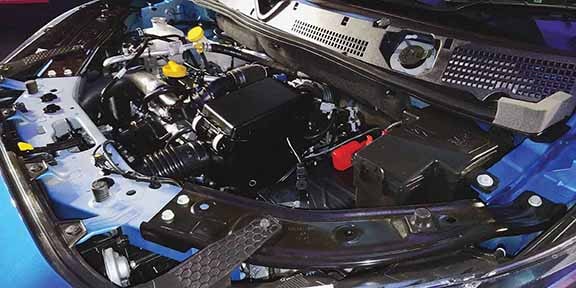






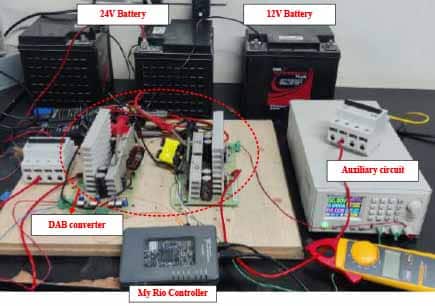
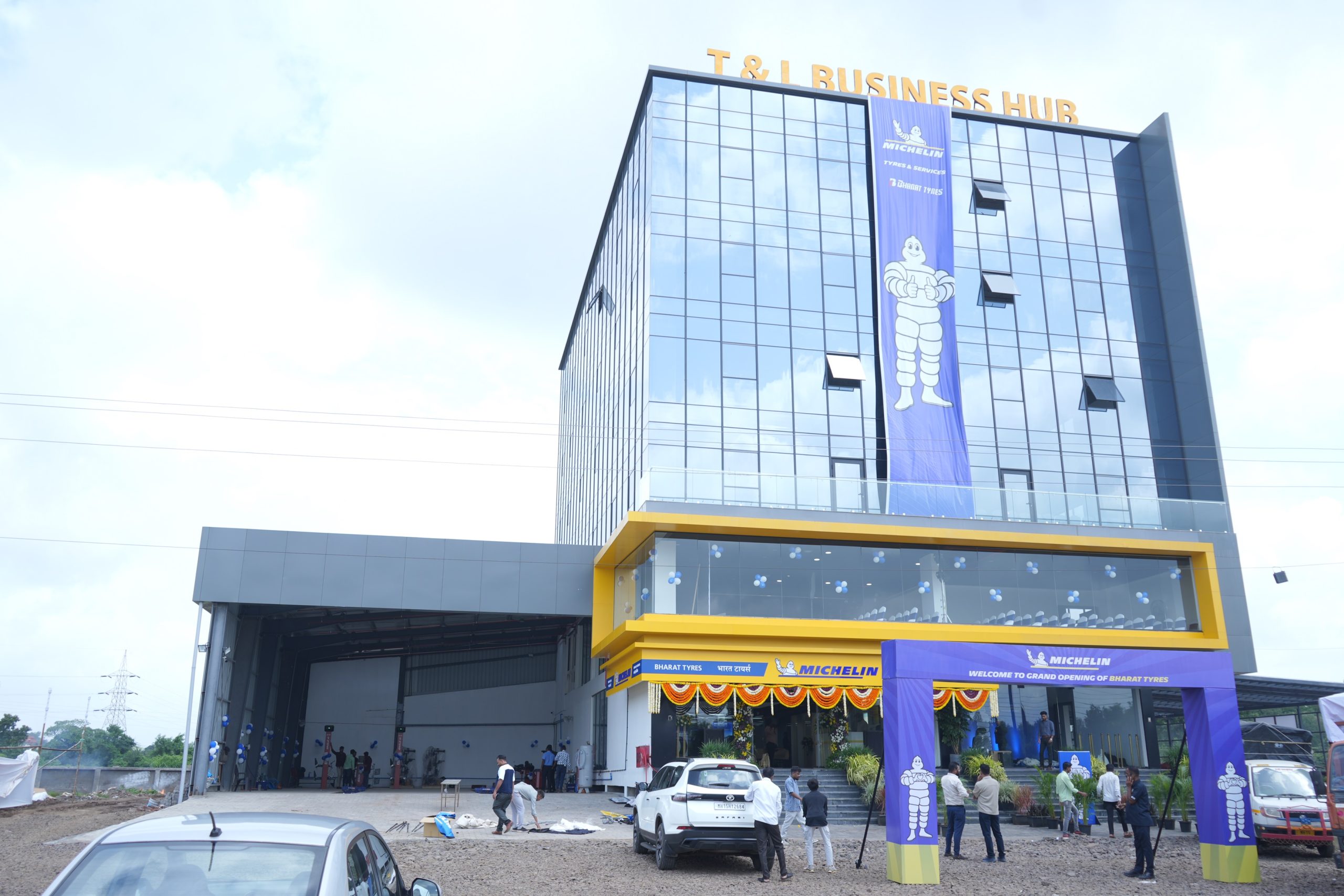

Leave a Reply